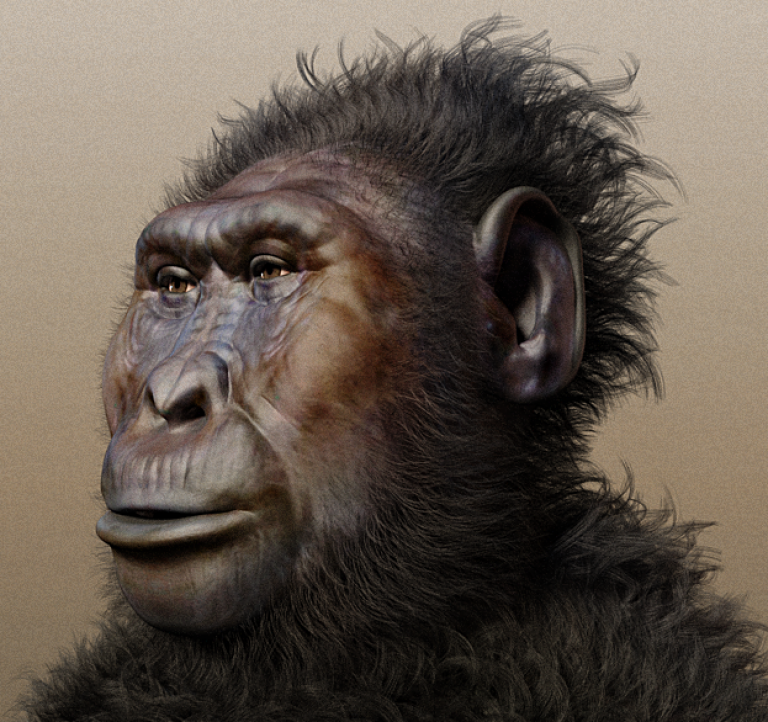Paranthropus may not have dined on tough foods
31 July 2021
When a tooth contacts a hard object with enough force, the enamel can fracture to create a chip. The fractured area can vary depending on the mechanical and structural properties of the enamel and object.

The orientation of the hard object between the teeth and underlying enamel microstructure is crucial in chip formation, as are the size and shape of the tooth, the object, and resultant biomechanical forces. As such, species-specific enamel attributes (e.g., thickness and mechanical properties) likely evolved for functional reasons; but see; species that regularly eat hard foods likely evolved dental characteristics in response to high biomechanical demands. It has been suggested that thick enamel may have evolved in some hominins, including Paranthropus, to delay fracture-related tooth loss. Chipping cannot conclusively be used to infer whether thick enamel evolved to counter attrition or fracture since it could be argued that a low level of fractures in Paranthropus is a direct result of evolving stronger teeth. However, it seems chipping should not be used to support the hypothesis that thick enamel evolved to protect against fracture in Paranthropus, given that extant hard-object feeding primates consistently show elevated chipping rates. Other enamel characteristics also need to be considered with microstructure and overall tooth morphology as potential contributors to reducing fracture or limiting chip size. Further comparative studies can elucidate the functional and evolutionary implications of enamel structure in Paranthropus. The present study suggests that dental chipping in P. robustus, and likely Paranthropus as a whole, was rare relative to other hominins and extant durophagous primates. Future work is needed to determine the causal factors for the low chipping frequency in Paranthropus. However, based on extant primate comparisons, chipping patterns should not be used as evidence that P. robustus regularly masticated hard foods.
Paranthropus robustus tooth chipping patterns do not support regular hard food mastication
Ian Towle, Joel D. Irish, Carolina Loch
DOI: 10.1016/j.jhevol.2021.103044
 Close
Close

